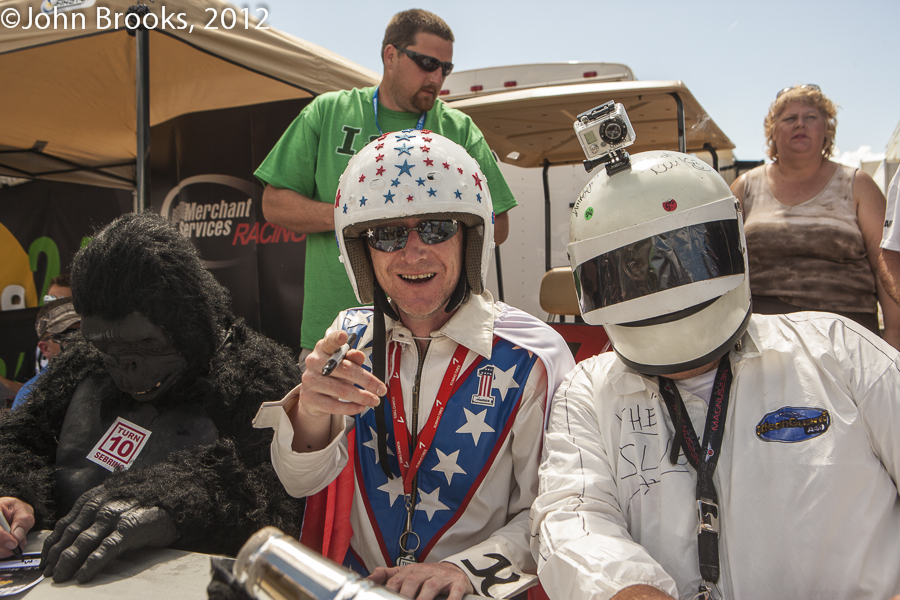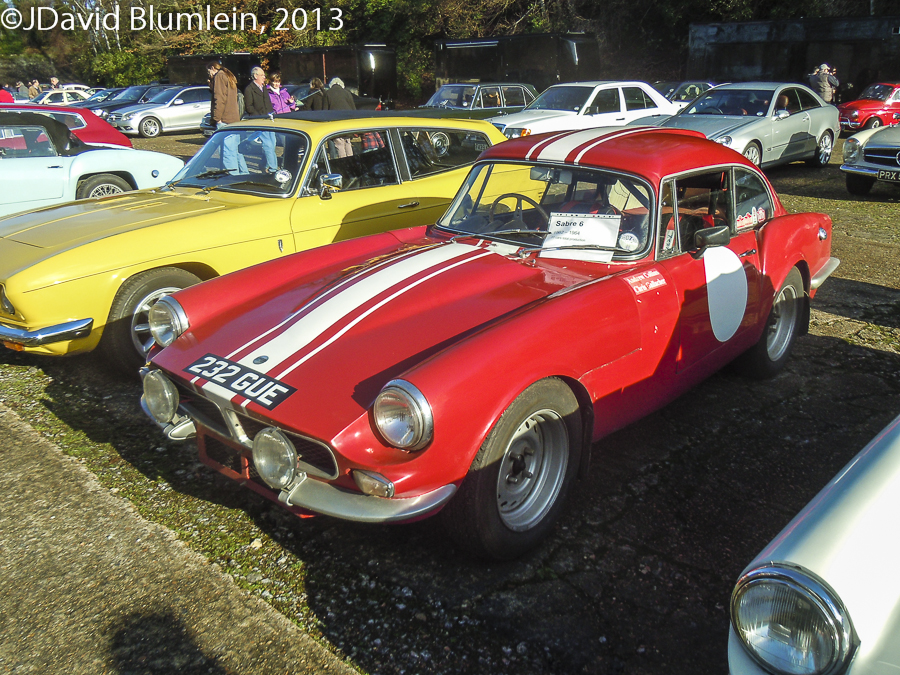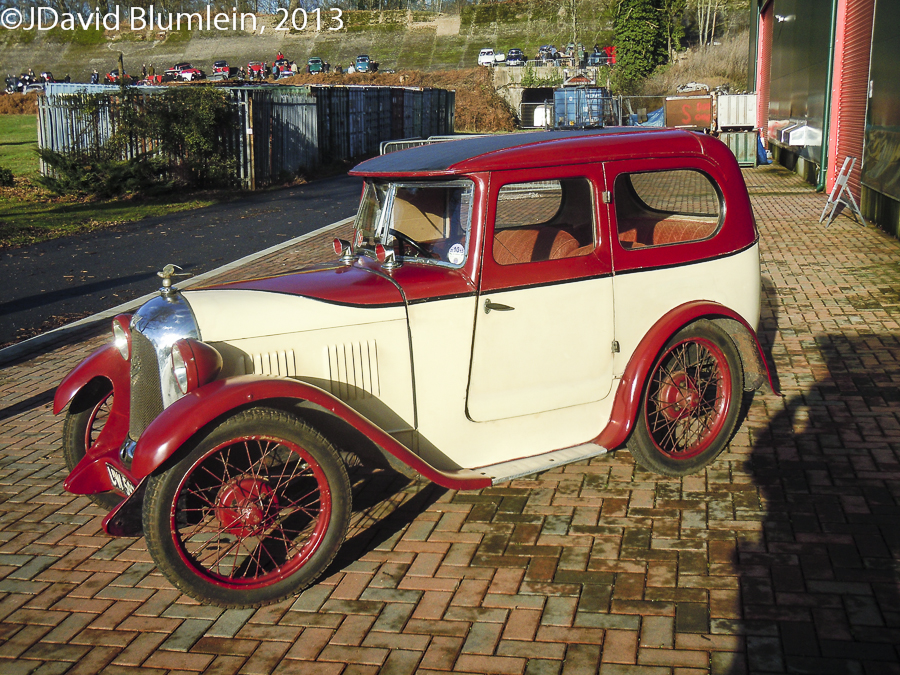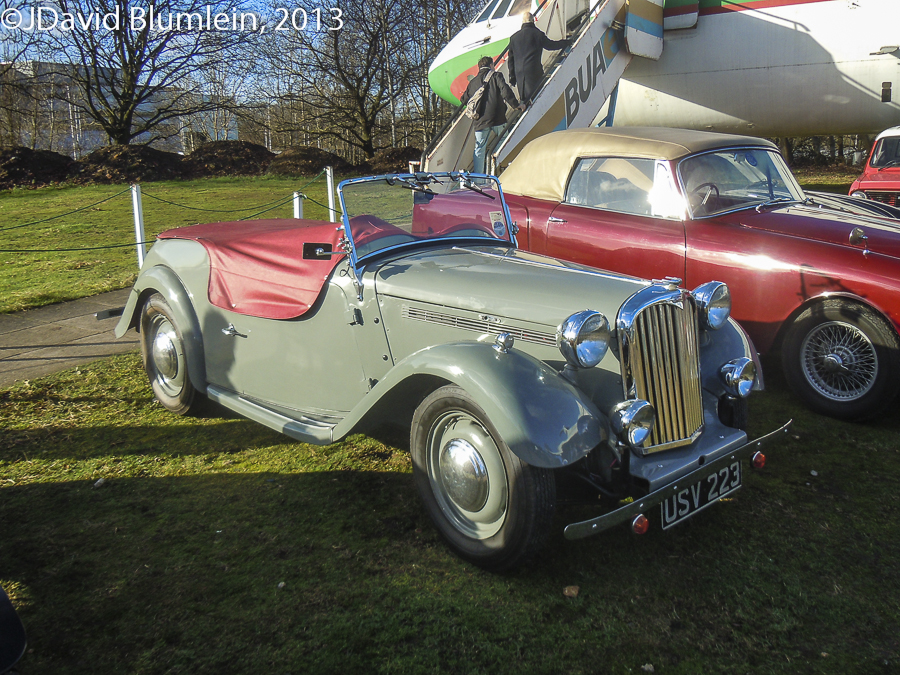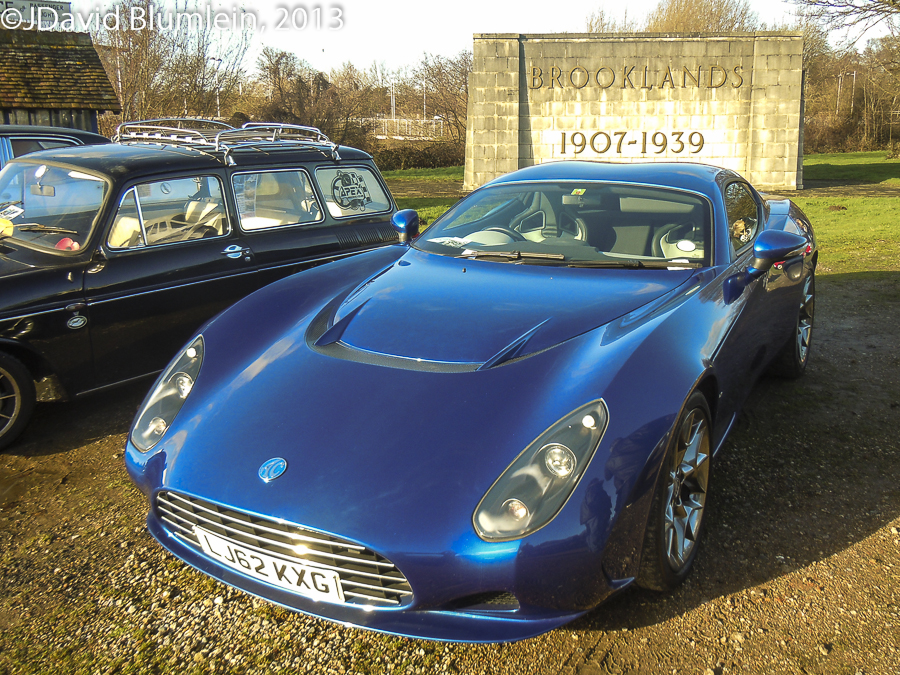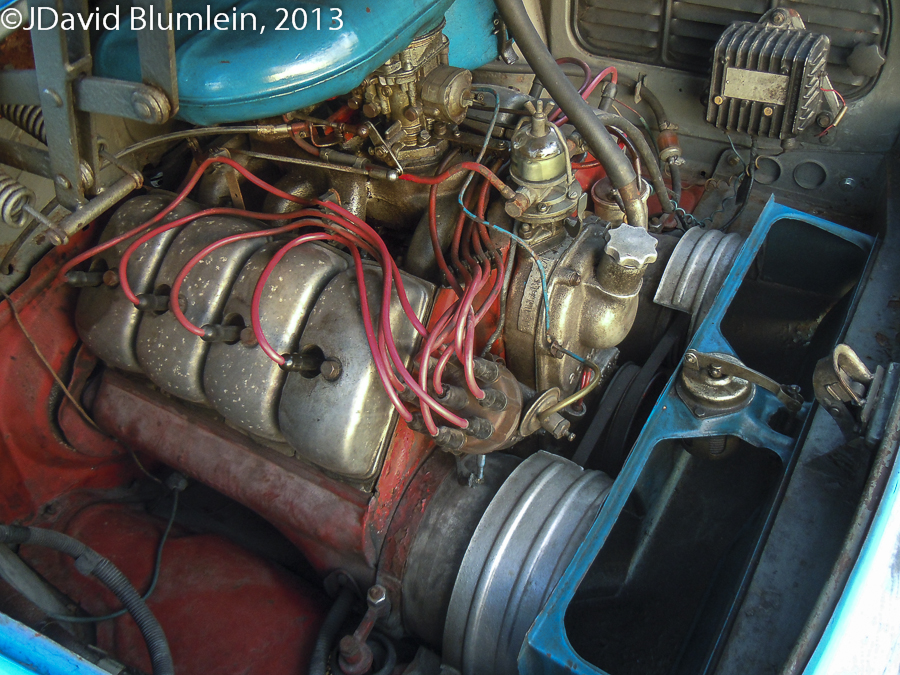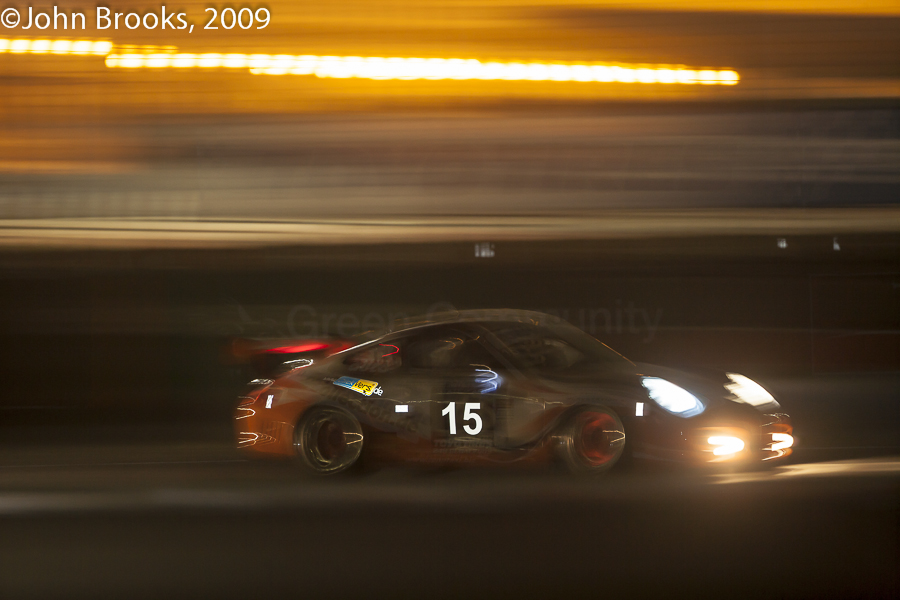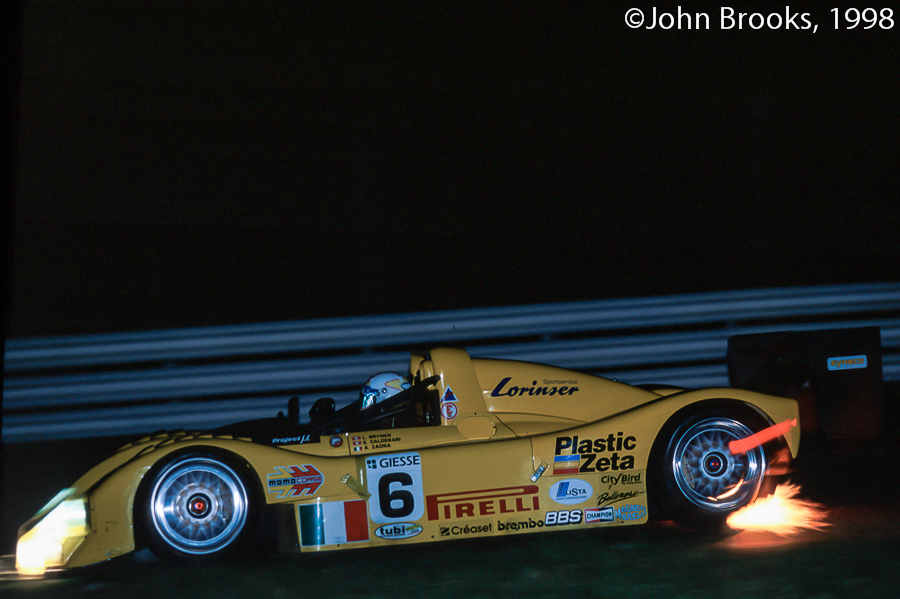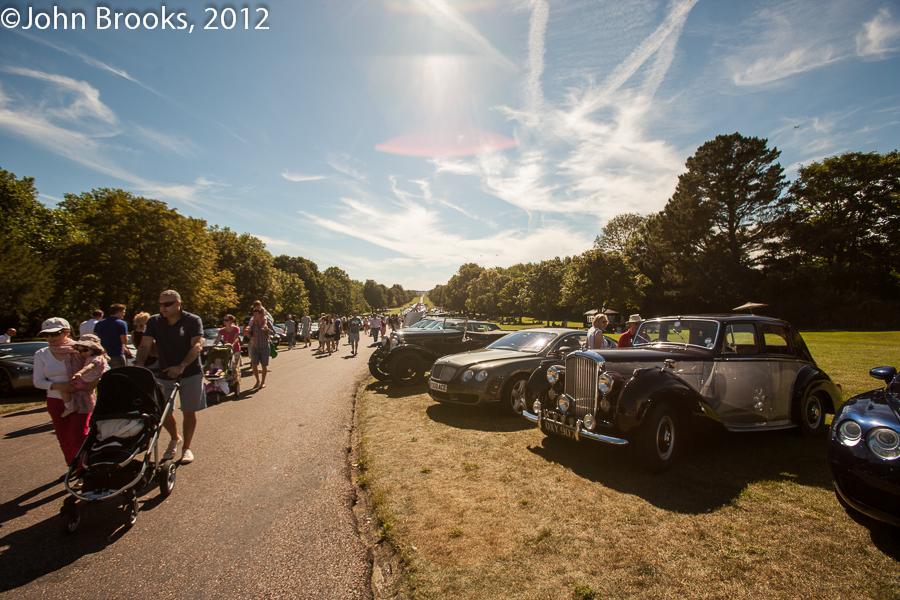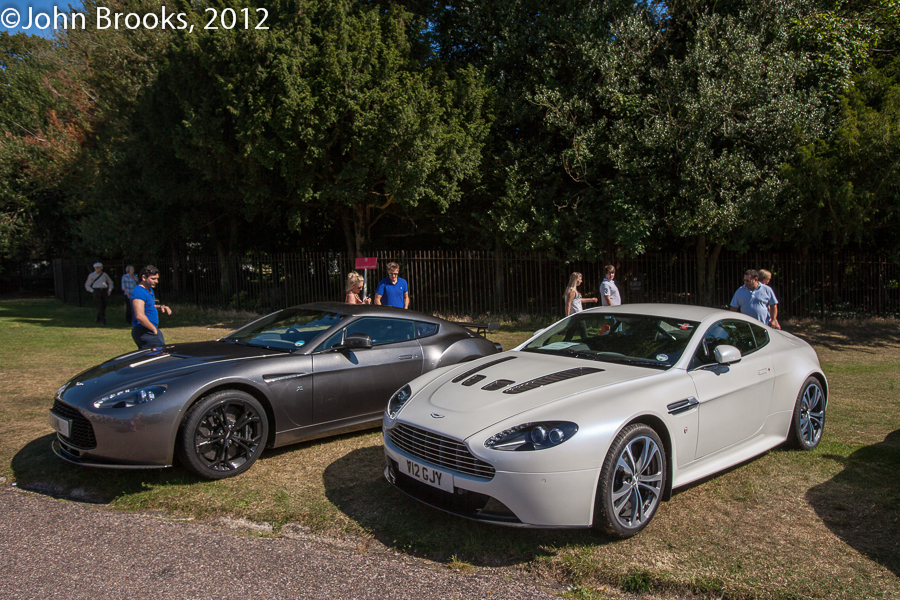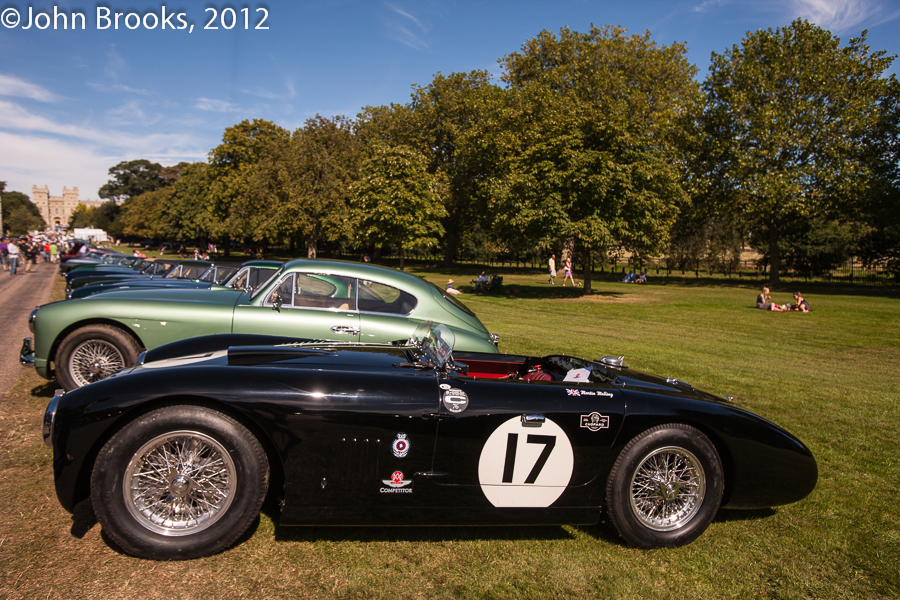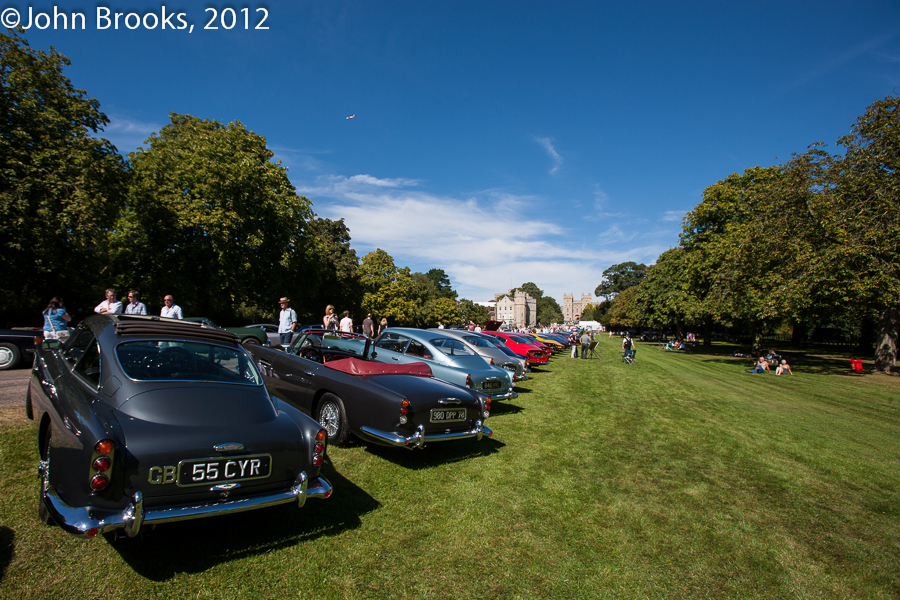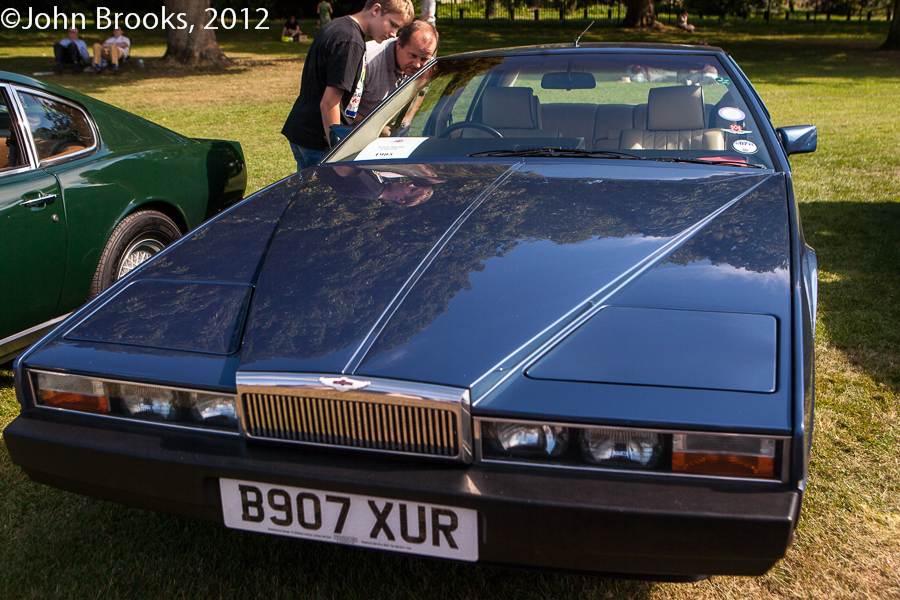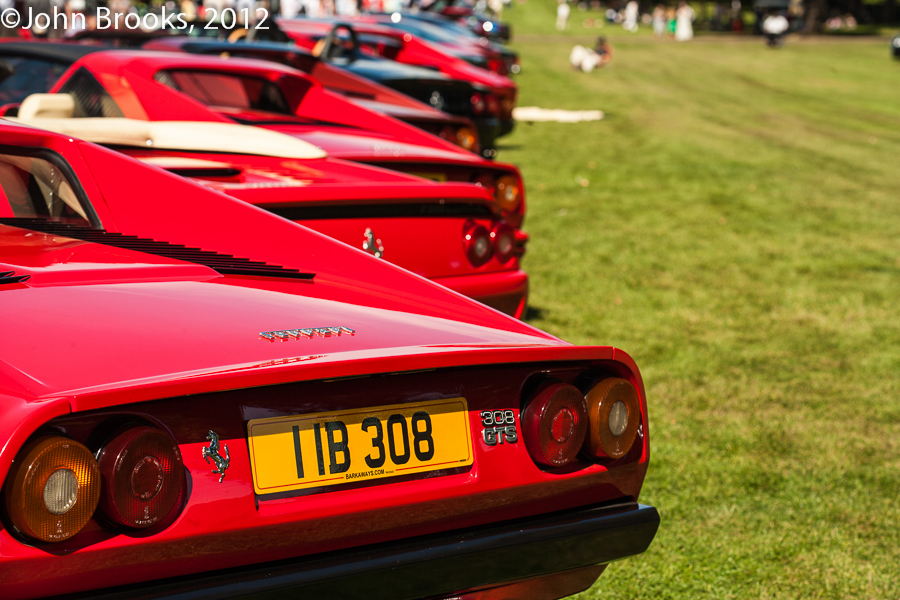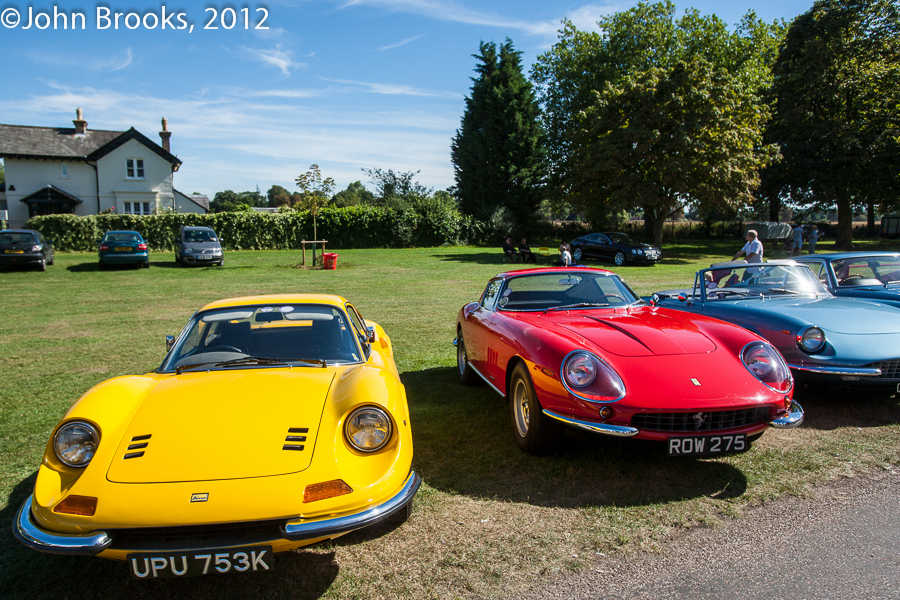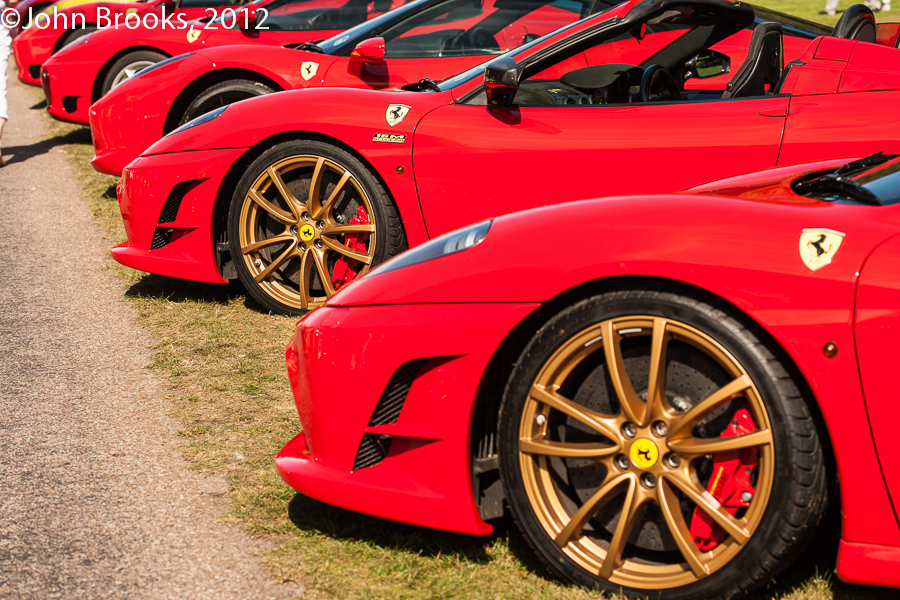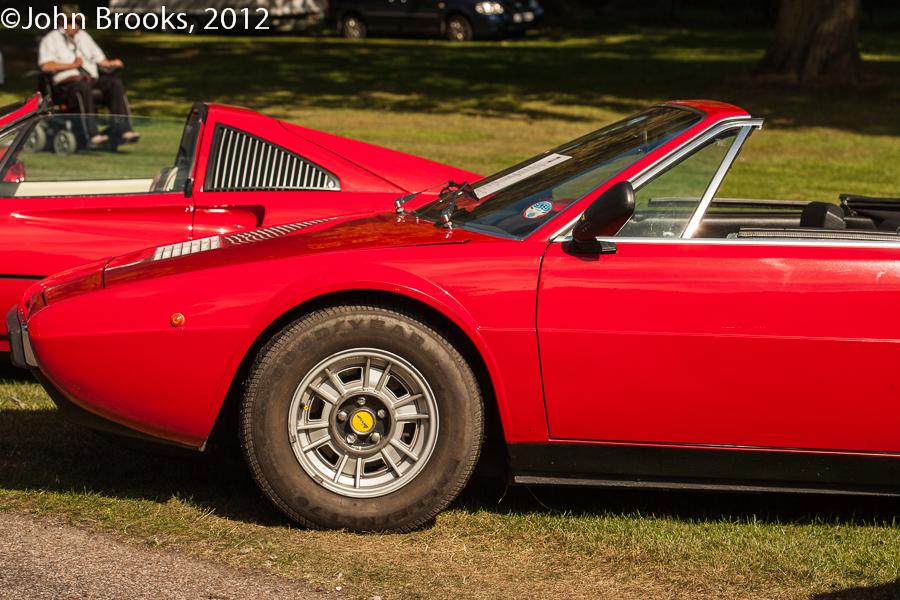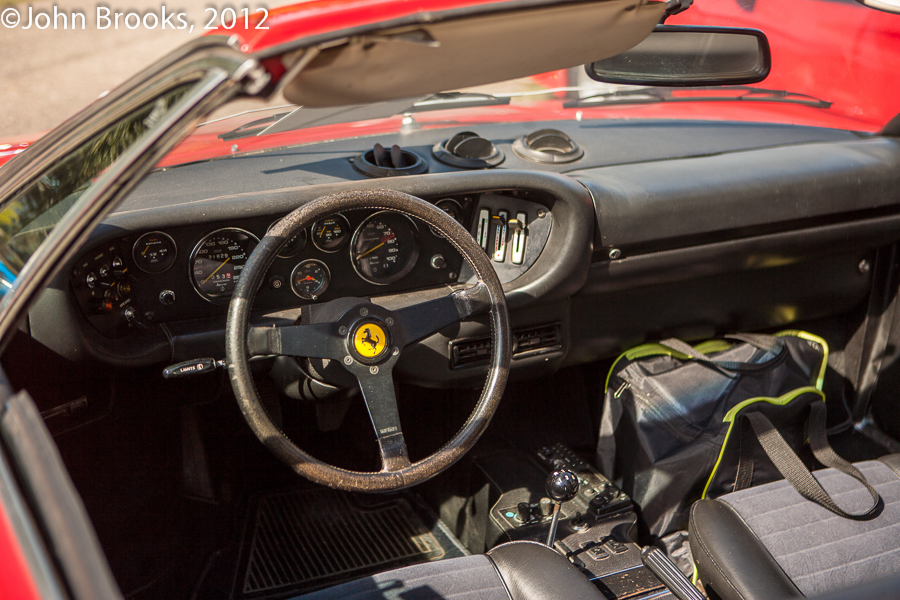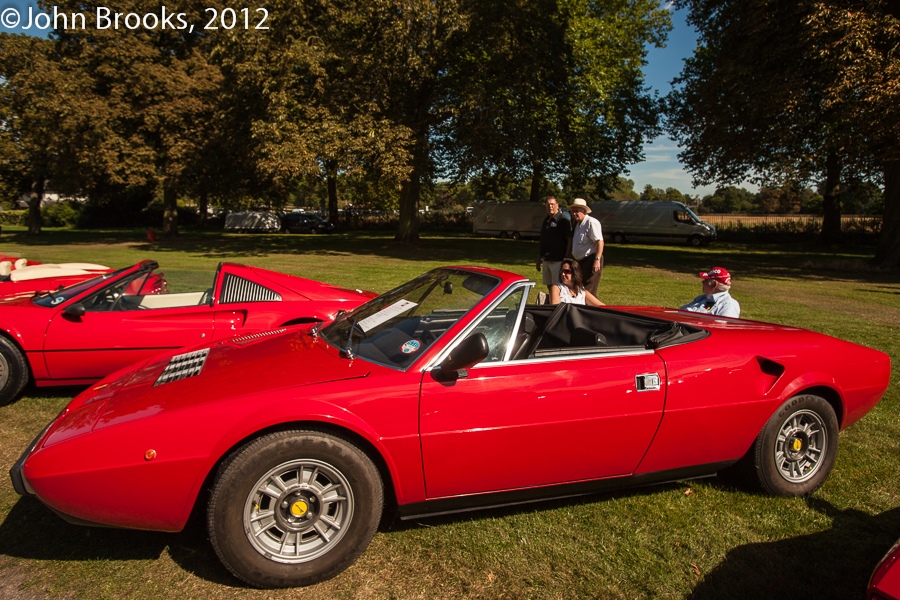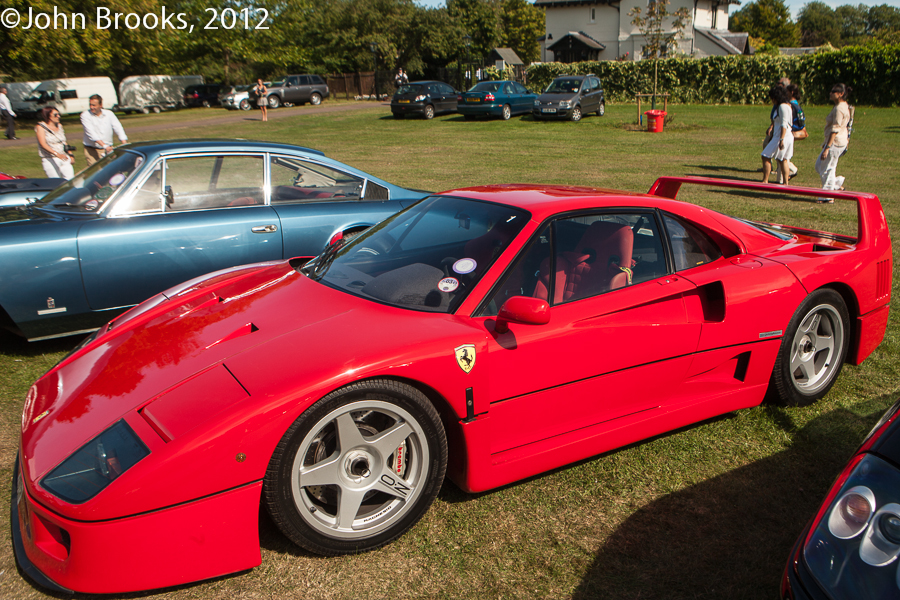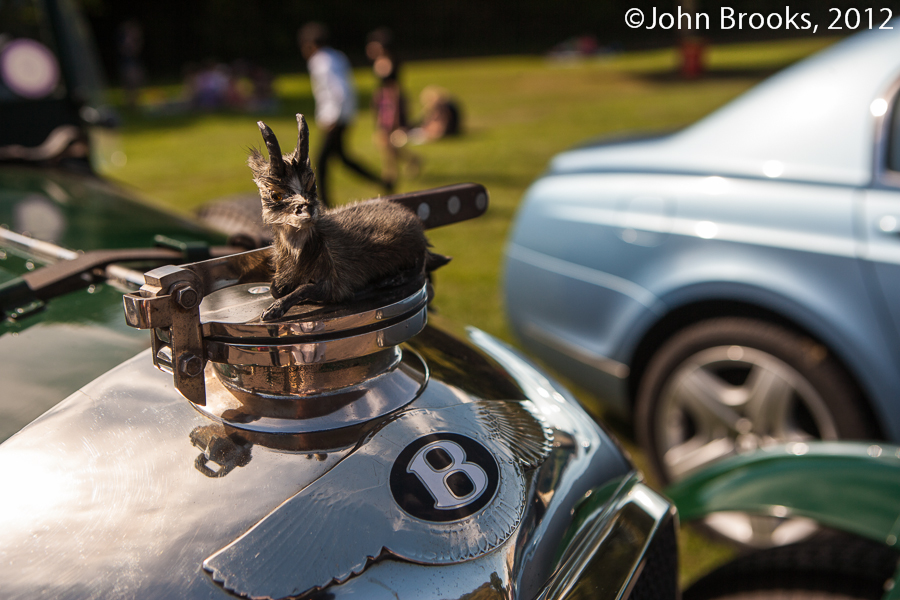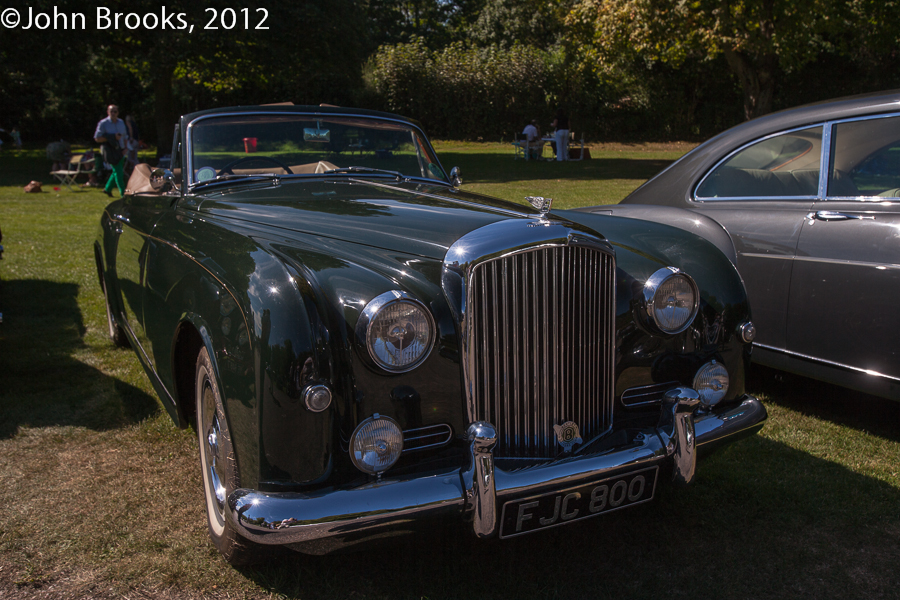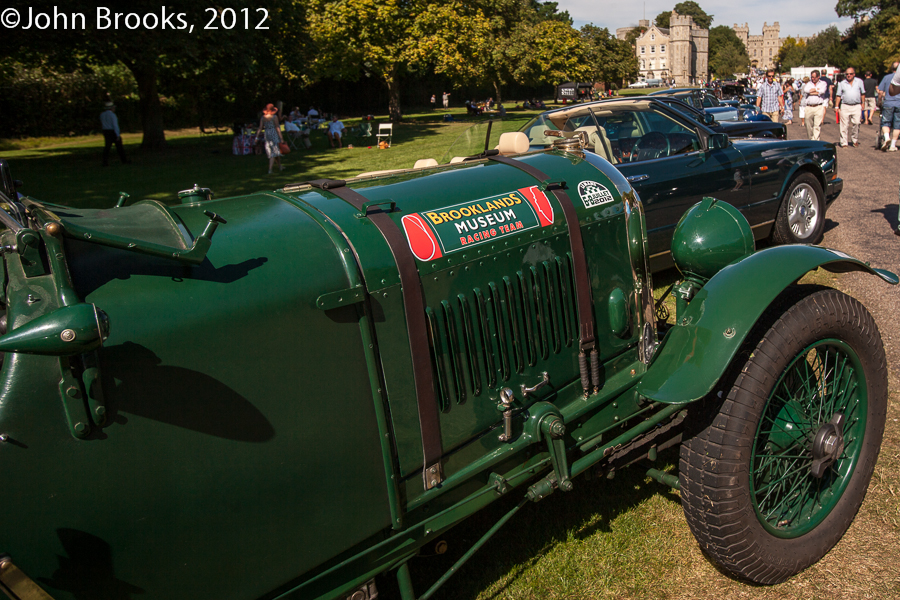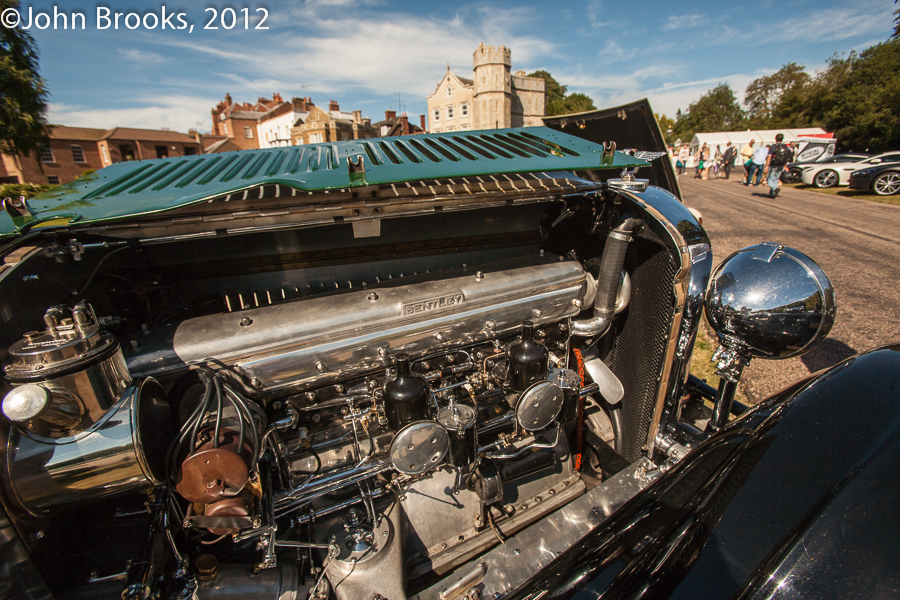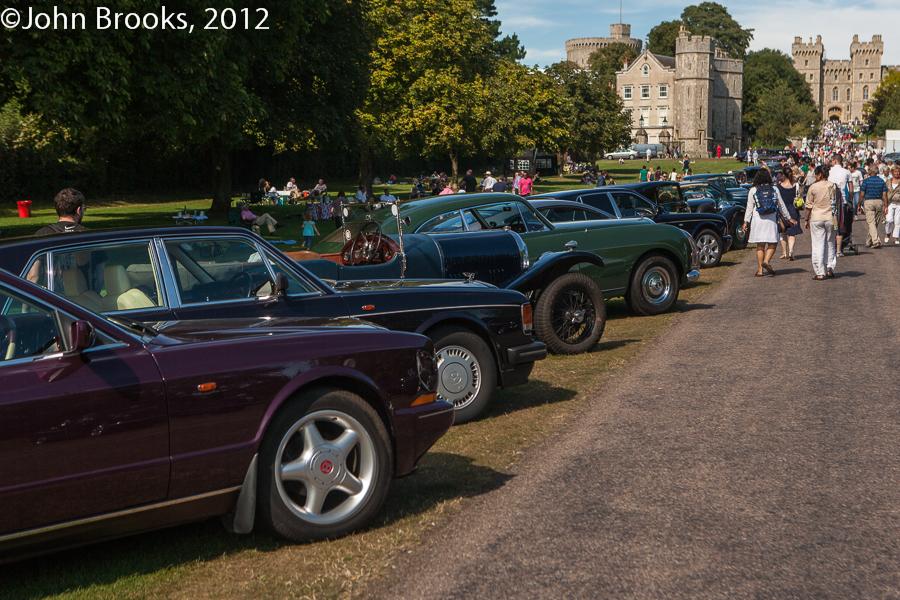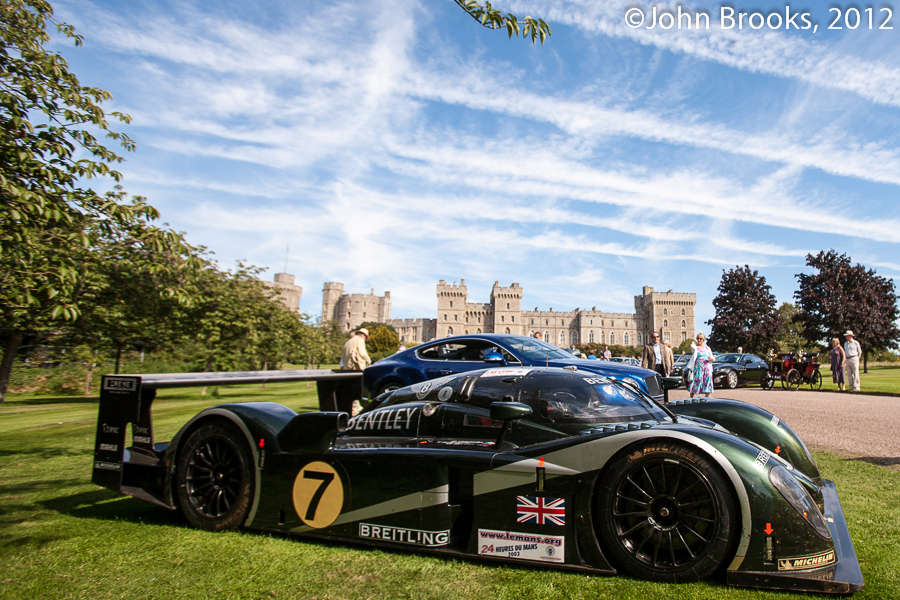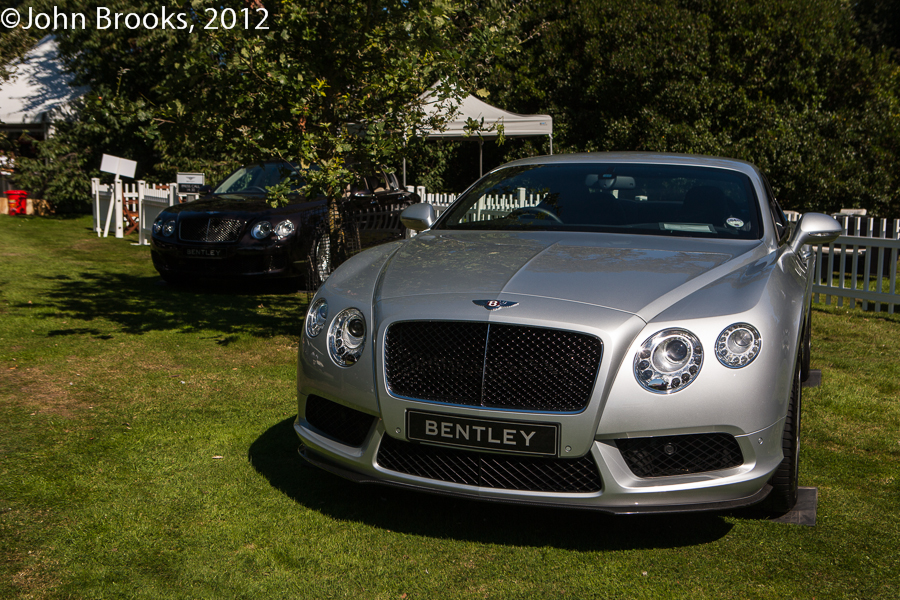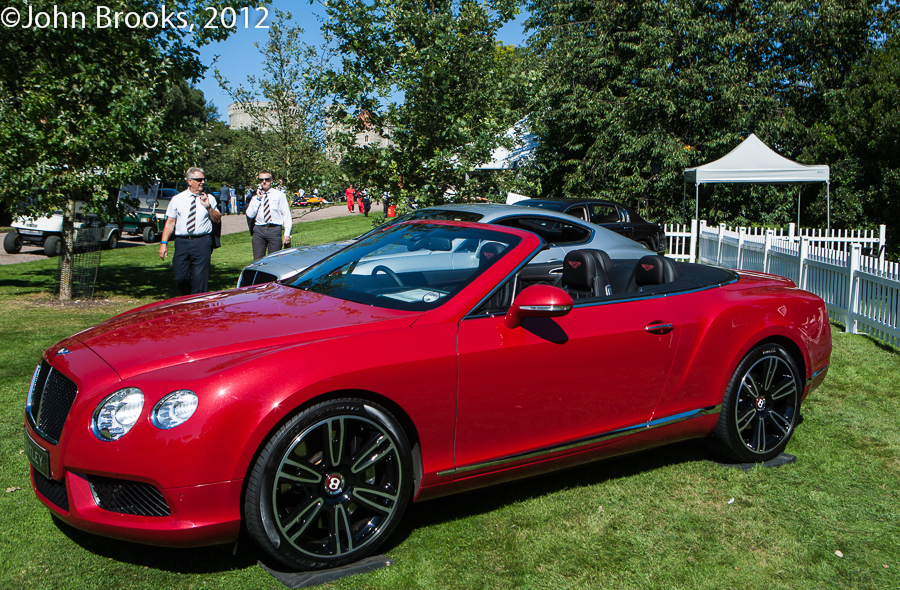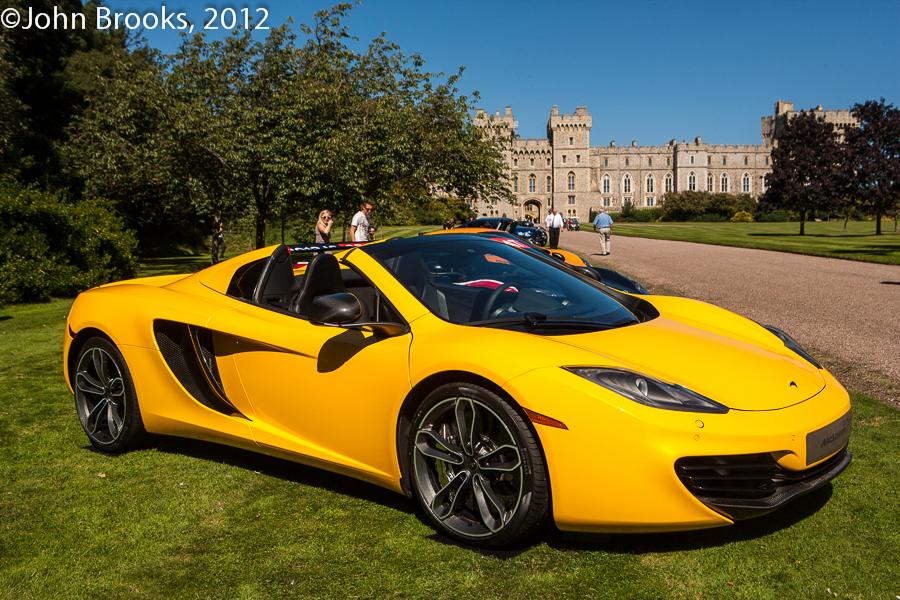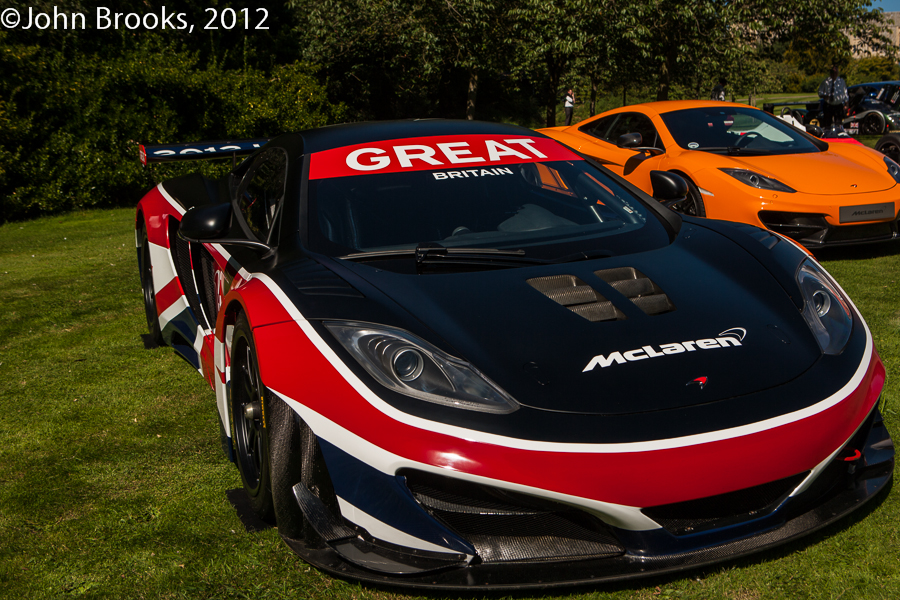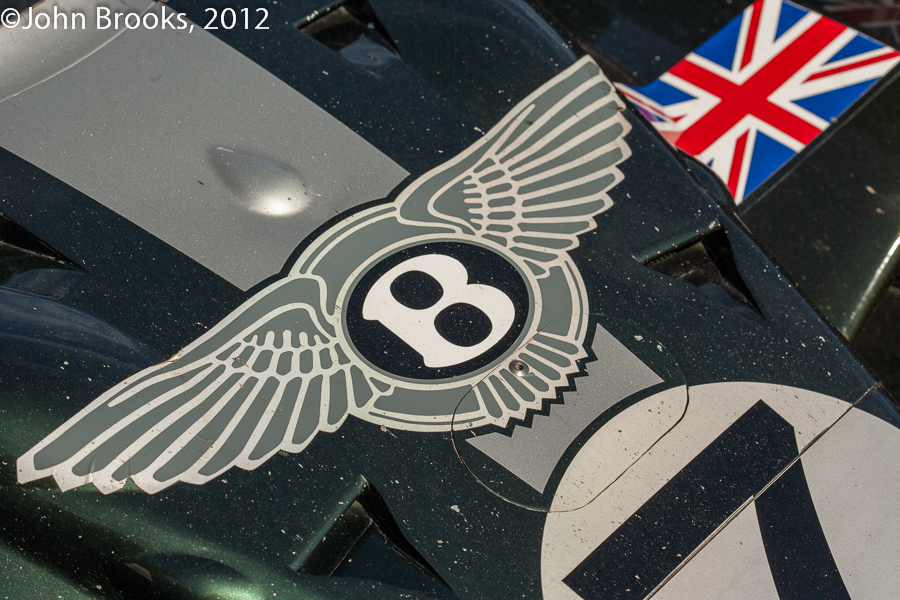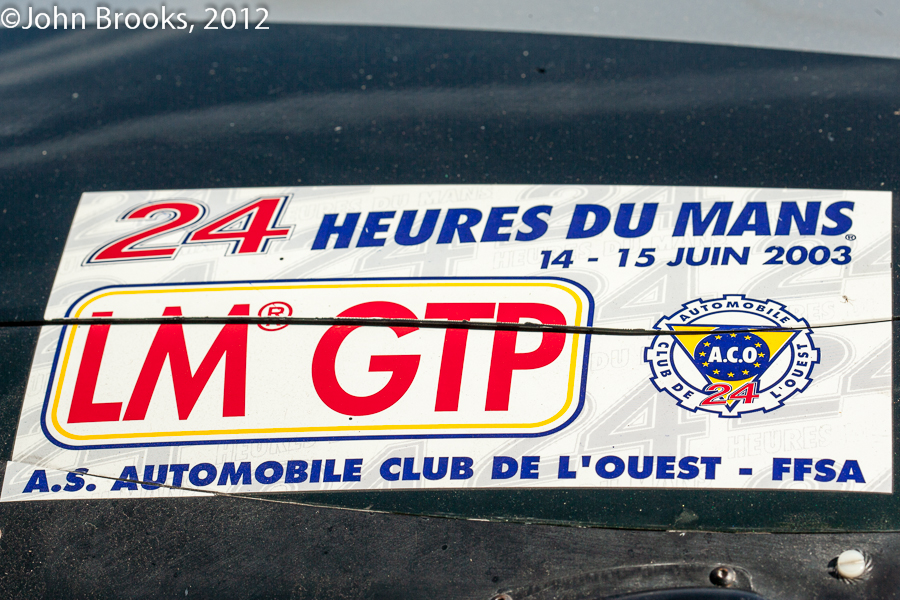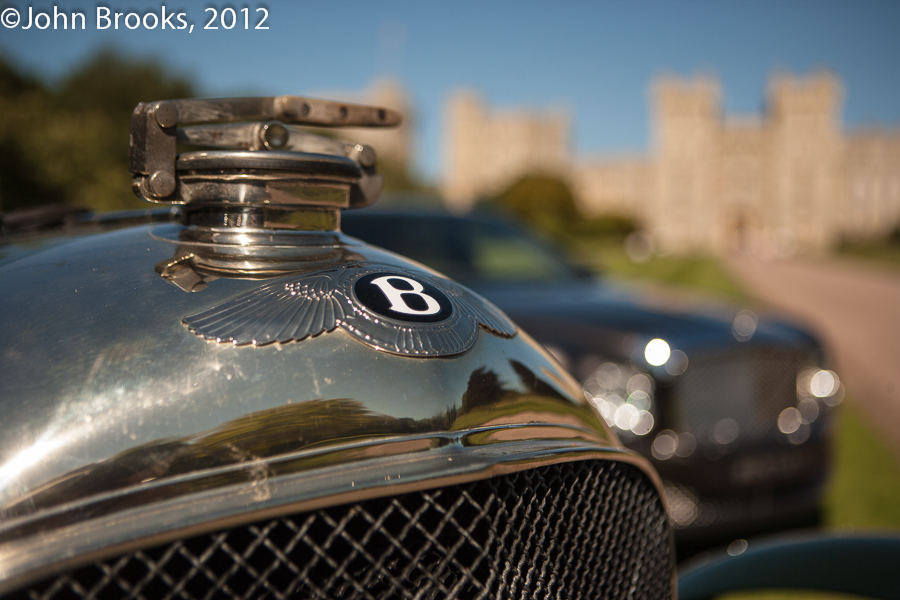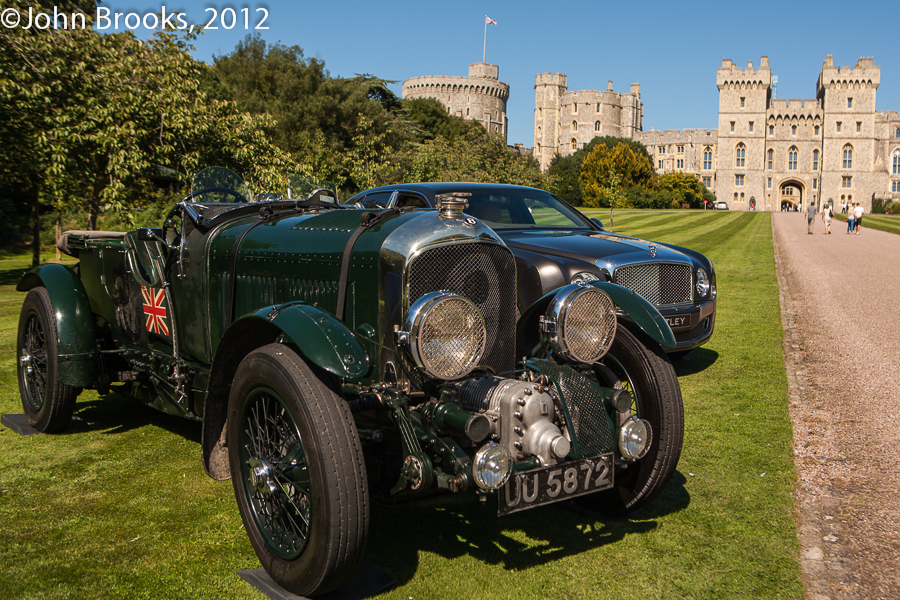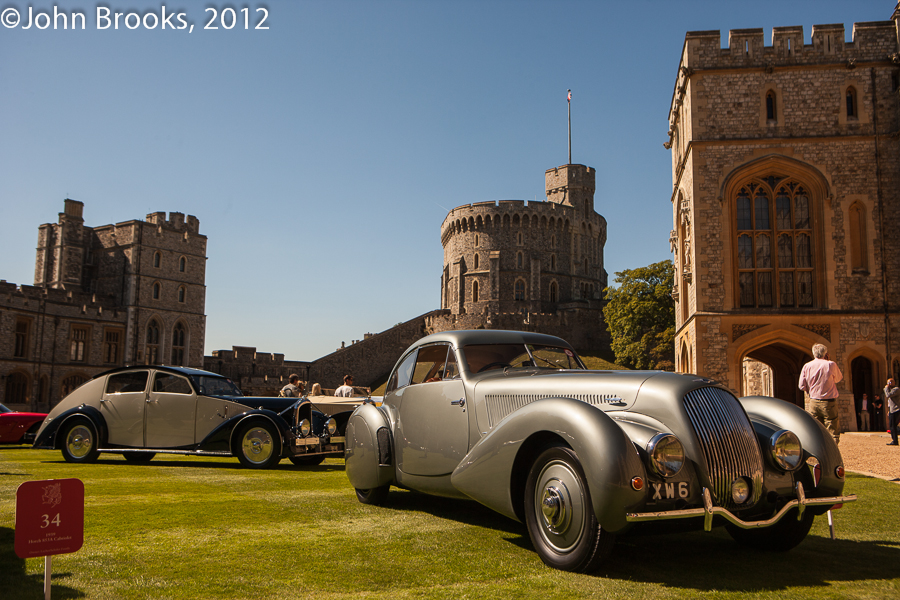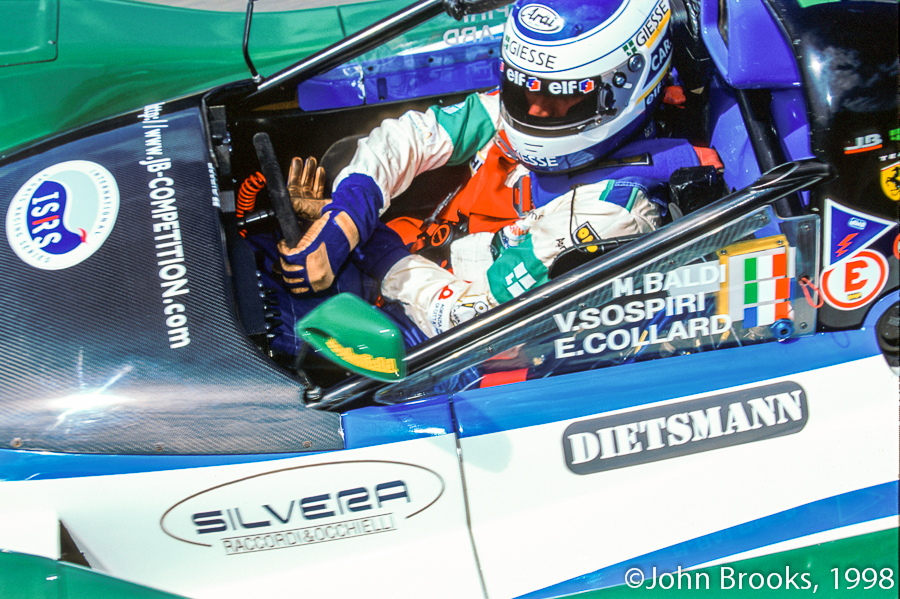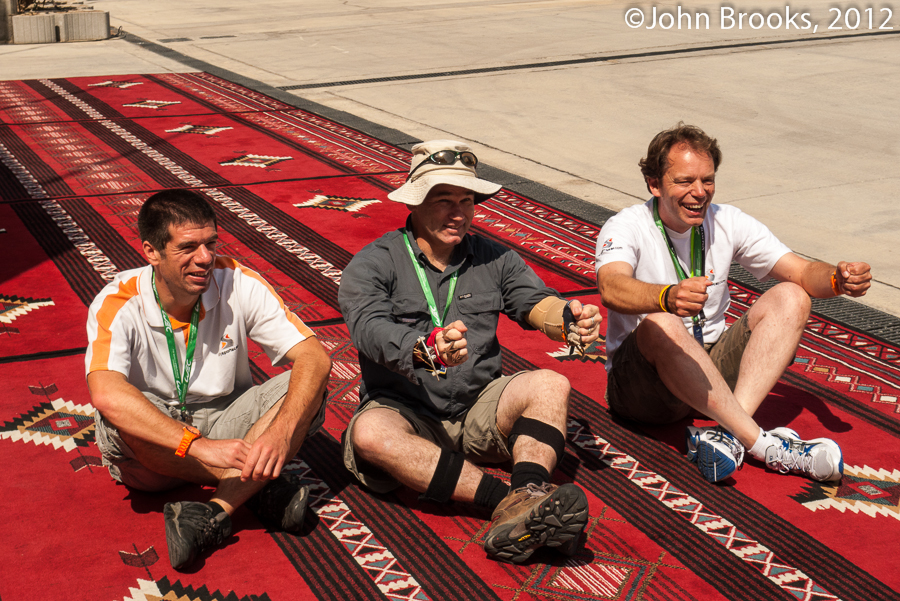GRAND AM AT LE MANS?
If you’re a sports car racing fan, you’ve most likely given little respect to the NASCAR owned, Grand American Rolex-backed, series led by the dowdy, less than pleasant looking Daytona Prototypes. And, while those at the Grand Am may disagree with your opinion, you’re not alone.
For the most part the DP concept was conceived as a cost containment exercise that would allow the rich gentlemen drivers in North America to indulge their desires to race in the higher, more exotic reaches of U.S. road course sandbox without having to spend the hundreds of millions of dollars it takes to win at places like Le Mans these days.
The problem for the Grand Am and its competitors is that the rules have so reduced performance that what emerged from the NASCAR kettle was something that no one other than the participants themselves cared much about. In short, while the Rolex series and its premier event, the Rolex 24, retained their prestigious names, that’s about all they kept.
Put another way, the Grand Am championship retained the bun, but threw out the meat. Well, boys and girls, get ready for a shock: the Grand Am may be going big time. Following on the heels of last week’s announcement that an upgraded version of the Daytona Prototypes will be merged with current crop of LM P2 cars to form the top division of the combined ALMS-Rolex successor title chase in 2014, came rumors that the DP set may well be headed to Le Mans.
What insiders have been saying quietly for months, namely that such talks between Grand Am officials and their ACO counterparts have been ongoing, peeked into the daylight with a report on SPEED TV’s website not long after the Grand Am-ALMS press conference in Daytona Beach.
Whether or not those supposed talk produce a substantive result remains to be seen. As with all things concerning the merger of the two American road racing camps, when it comes to the details there is only vagueness; vagueness that for the most part is justified given the disparity in the basic philosophies behind the Rolex and ALMS championships.
What is not so vague, however, is the major league problem facing the sports car segment of the motorsport industry. Put in a single word it is “cost.” Up into the early years of the 21st century, privateers such as South Florida’s Champion Racing, which won Le Mans with its non-factory Audi R8, could obviously play and equally obviously be successful at the highest levels. With the coming of today’s computerized, electronically dependent prototypes that require crews measuring in the hundreds that is no longer true.
The creation of headlining programs now rests solely with the manufacturers, some of whose resources have been stretched beyond the breaking point; as witnessed by Peugeot’s abrupt department in 2011. For The ACO limiting the pointy end of the finish order at the Sarthe is a desired intention. However, it is also one that pushes championships like the ALMS, and even the Rolex down a notch out of the so-called “Big Leagues” where, for promoters the money is.
Of course there is an answer to the dilemma, cheap horsepower and lots of it, which is readily available not only in the engines used by off shore powerboat racers, but in NASCAR’s stock car world as well. However, in the current “green” environment the horsepower solution is path not likely to be taken, even if most fans might like to see it become reality.
So, what does all this come down to? The answer is “dog food,” or how best to sell it. No matter how good the salesmanship, if the dogs don’t like, and won’t eat, the dog food, its maker might want to consider changing the recipe. Will the public flock to Le Mans to see the Daytona Prototypes scurry around for a class victory? Probably not. Would they pay more attention if those same DP’s had a chance at beating the sophisticated manufacturer prototypes? You bet.
Returning to America in 2014, if fans knew they were watching cars with such a potential, would they pay more attention, and perhaps more importantly for promoters pay to watch in person in larger numbers? That is the question. After all, car racing is a professional sport first and a testing ground second. Given a choice, one suspects that people will make their choices based on their preferences. One can only hope that those in charge read the tea leaves correctly.
Bill Oursler, January 2013

